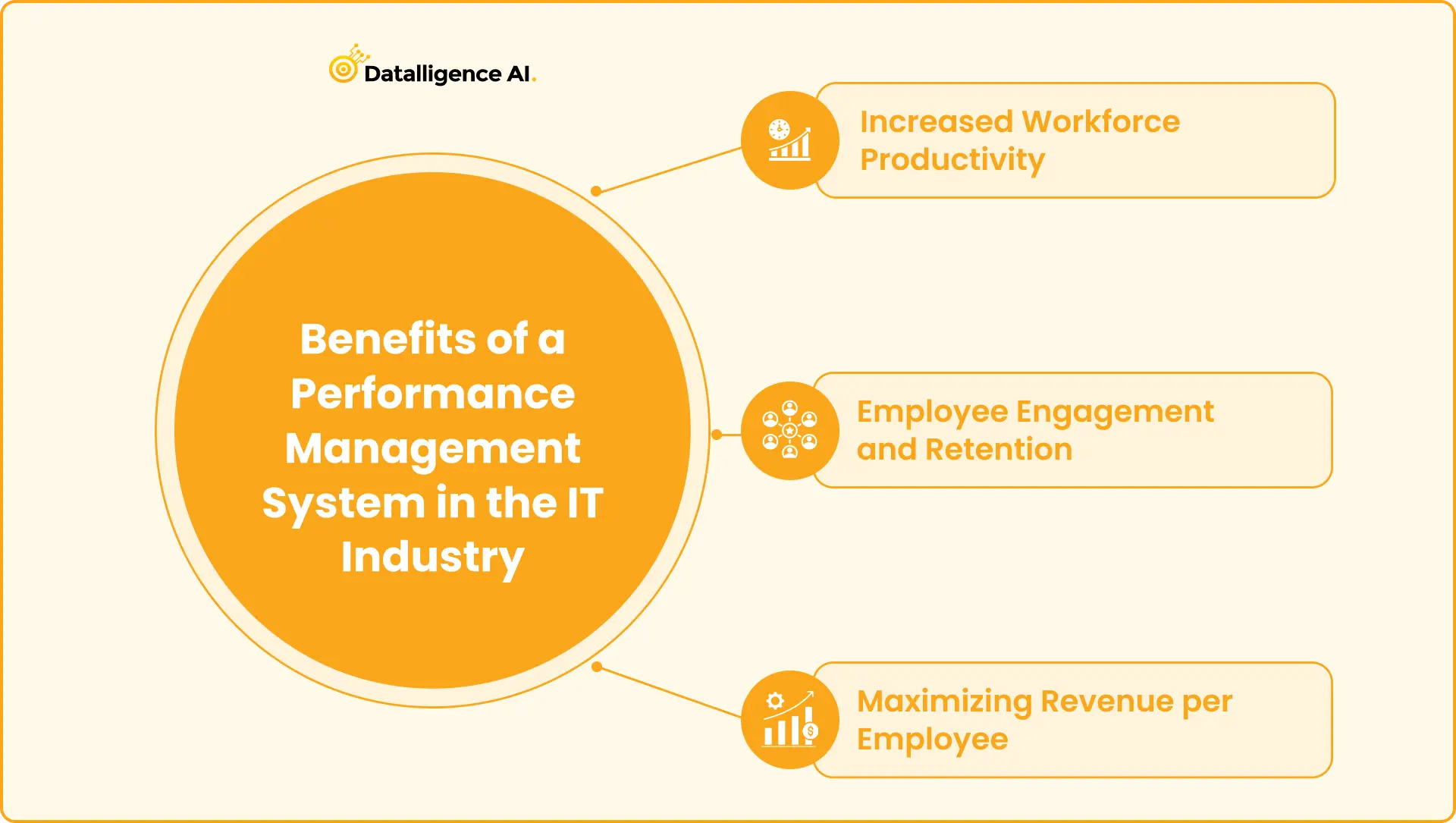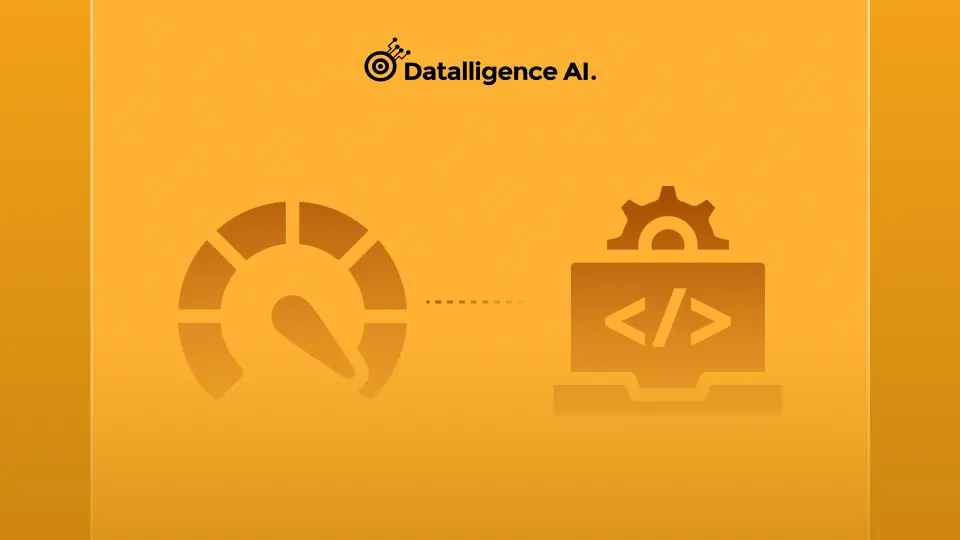In the fast-paced and competitive IT industry, companies rely heavily on the performance of their employees to achieve business objectives and stay ahead of the curve. A best performance management system plays a crucial role in tracking and optimizing employee performance, aligning individual goals with organizational objectives, and fostering a culture of continuous improvement. In this article, we will explore the key elements of a Best performance management system, its importance in the IT industry, best practices, and the latest trends shaping its evolution.
Table of Contents
Performance Management System Overview
A Best performance management system in the IT industry is a comprehensive framework that enables organizations to track, evaluate, and enhance the performance of their employees. It goes beyond the traditional annual performance appraisal and focuses on continuous feedback, goal alignment, and skill development. By implementing a Best performance management system, companies can ensure that their workforce is aligned with strategic objectives and continuously improving their skills and performance.
The collaborative nature of a performance management system encourages managers and employees to work together in setting expectations, defining goals, measuring performance, and providing feedback. This creates a culture of accountability and transparency, where employees feel empowered and motivated to contribute to the success of the organization.
Key Elements of a Performance Management System

A performance management system consists of several key elements that work together to track and optimize employee performance. These elements include:
a. Goal Management
Goal management is a critical component of a Best performance management system. It involves aligning employee goals with the strategic objectives of the organization. By setting clear and meaningful goals, employees are motivated to perform at their best and contribute to the success of the company. A Best performance management system enables managers and employees to define and track goals, adapt them as business priorities change, and provide ongoing feedback and guidance.
b. Continuous Performance Management
Continuous performance management is a shift from the traditional annual performance appraisal to an ongoing feedback and coaching approach. It involves regular check-ins between managers and employees to monitor progress, provide real-time feedback, and recognize good performance. Continuous performance management ensures that employees stay on track, receive timely guidance, and have the opportunity to course-correct if necessary.
c. Performance Assessments
Performance assessments are an essential part of a performance management system. They evaluate employee performance consistently and accurately, providing insights into strengths, areas for improvement, and potential for growth. Performance assessments identify high performers, recognize and reward strong performance, and inform talent development and succession planning initiatives.
Benefits of a Performance Management System in the IT Industry
Implementing a performance management system in the IT industry offers several benefits for both organizations and employees. Some of the key benefits include:
a. Increased Workforce Productivity
A performance management system enhances workforce productivity by aligning employee goals with organizational objectives. When employees understand how their work contributes to the overall success of the company, they are more motivated and engaged. The system provides a structured framework for setting expectations, tracking progress, and providing feedback, which leads to improved performance and productivity.
b. Employee Engagement and Retention
Employee engagement is crucial in the IT industry, where talent retention is a constant challenge. A Best performance management system fosters a culture of open communication, continuous feedback, and skill development. When employees feel valued, heard, and supported, they are more likely to be engaged and committed to their work. This, in turn, increases employee satisfaction and reduces turnover.
c. Maximizing Revenue per Employee
By optimizing employee performance and productivity, a performance management system helps organizations maximize revenue per employee. When employees are aligned with strategic goals, their efforts are directed toward activities that generate value for the company. This leads to increased efficiency, improved customer satisfaction, and ultimately, higher revenue per employee.
Best Practices for Effective Performance Management in IT

To make the most of a performance management system in the IT industry, organizations should follow these best practices:
a. Consistency and Transparency
Consistency and transparency are key to optimizing the performance management process. Organizations should ensure that the system is consistently applied across all employees and departments. This helps create a fair and transparent environment where employees understand the expectations and standards for performance evaluation.
b. Continuous Feedback and Coaching
Regular and ongoing feedback is essential in the IT industry, where agility and adaptability are crucial. Managers should provide timely feedback and coaching to employees, addressing performance issues and recognizing achievements as they happen. This promotes continuous improvement and helps employees stay on track toward their goals.
c. Calibration Process
A calibration process can be implemented to ensure a consistent methodology for assessments for workers within similar roles across the company. This helps eliminate biases and ensures fairness in performance evaluations. Calibration sessions involve managers and HR professionals discussing and aligning their assessments to ensure consistency in performance ratings.
Performance Management Advances and Trends in the IT Industry
The field of performance management is constantly evolving, driven by advancements in technology and shifts in organizational culture. Here are some of the latest trends shaping performance management in the IT industry:
a. Continuous Performance Management
Organizations are shifting towards continuous performance management models, where feedback and coaching are provided on an ongoing basis. This allows for real-time course correction and ensures that employees receive timely guidance and recognition for their efforts.
b. Focus on Deskless and Field Workers
The IT industry relies not only on desk-bound employees but also on field workers who may need more access to traditional performance management systems. Organizations are recognizing the importance of effectively supporting and managing the performance of deskless and field workers through mobile-friendly performance management solutions.
c. Dynamic Team Structures
Traditional hierarchical team structures are being replaced by dynamic team structures in the IT industry. In dynamic teams, there may not be a formally assigned leader, and team membership can change frequently. Performance management systems need to adapt to these dynamic team structures and facilitate collaboration, feedback, and goal alignment among team members.
Conclusion
In the competitive IT industry, a well-implemented performance management system is essential for optimizing employee performance, aligning individual goals with organizational objectives, and fostering a culture of continuous improvement. By following best practices and embracing the latest trends in performance management, organizations can maximize workforce productivity, enhance employee engagement, and drive business success. Implementing a performance management system tailored to the unique needs of the IT industry will give companies a competitive edge in attracting and retaining top talent.
Implementing a performance management system in the IT industry offers several benefits for both organizations and employees. By aligning employee goals with organizational objectives and providing ongoing feedback and coaching, companies can improve workforce productivity, increase employee engagement, and maximize revenue per employee. As the IT industry continues to evolve, organizations should stay up to date with the latest trends in performance management to ensure they are effectively managing and optimizing employee performance.











